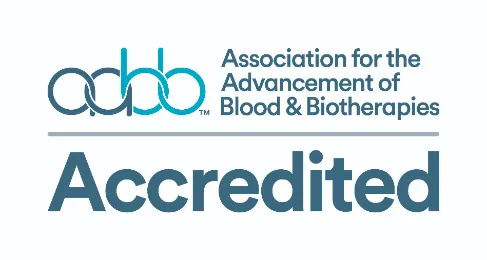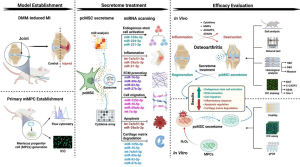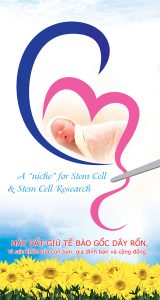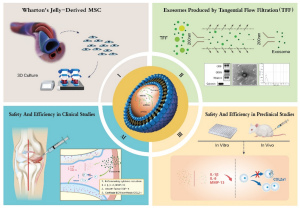Scientific Reports, 08 July 2025
Background
Acute myeloid leukemia (AML) in infants is a rare hematologic malignancy characterized by distinct biological features and variable prognosis. Although allogeneic hematopoietic stem cell transplantation (allo-HSCT) remains a cornerstone in its treatment, the comparative effectiveness of different hematopoietic stem cell sources—such as umbilical cord blood (UCB), bone marrow (BM), and peripheral blood stem cells (PBSCs)—has not been clearly established in this unique age group.
Methods
- Design: Single-center, retrospective cohort study.
- Participants: 27 infants (<12 months old) diagnosed with AML and receiving allo-HSCT.
- Grouping based on stem cell source:
- Group 1 (n = 16): Transplant using PBSCs ± BM.
- Group 2 (n = 12): Transplant using UCB.
- Endpoints evaluated:
- Overall survival (OS)
- Disease-free survival (DFS)
- Relapse rate
- Incidence of graft-versus-host disease (GVHD) at 1 and 3 years post-transplant.
Results
| Outcome | PBSC/BM Group | UCB Group | p-value |
| 3-year OS | 80.36% | 91.67% | 0.5474 (ns) |
| 3-year DFS | 73.66% | 69.84% | 0.8232 (ns) |
| 3-year Relapse Rate | No difference | — | p > 0.05 |
| GVHD at 1 year | 56.25% | 50.00% | 0.824 (ns) |
- OS and DFS were statistically comparable between both groups.
- GVHD incidence showed no significant difference.
- Prognosis in infant AML was more favorable compared to older pediatric AML populations.
- Patients with pre-transplant MRD-negative status had a lower relapse rate, emphasizing its prognostic significance.
Scientific Interpretation
- Both PBSC/BM and UCB are associated with equivalent outcomes regarding OS, DFS, relapse, and GVHD, supporting UCB as a valid and reliable alternative in infant AML transplantation.
- Pre-transplant measurable residual disease (MRD) negativity is a strong prognostic factor and should be targeted before HSCT.
- These findings provide additional rationale for tailoring stem cell source selection based on clinical context and donor availability.
Conclusions & Clinical Implications
- This is the first comparative analysis of allo-HSCT outcomes between PBSC/BM and UCB in infant AML, highlighting UCB as an effective alternative when PBSC/BM is unavailable.
- Despite the rarity of infant AML, HSCT yielded high overall survival (OS > 80%), underscoring its clinical value.
- Achieving MRD negativity prior to transplant remains a critical therapeutic goal.
- Clinical relevance: This study offers evidence-based guidance for stem cell source selection and supports the implementation of MRD-directed strategies to improve transplant outcomes.
References
The article was summarized from the research paper: Wang, Y., Guo, Y., Ling, X., Li, J., Hu, T., Zhang, Z., … & Liu, R. (2025). Clinical outcomes of allogeneic hematopoietic stem cell transplant with different stem cell sources in infant acute myeloid leukemia. Scientific Reports, 15(1), 24452.
Source: Scientific Reports
Link: https://www.nature.com/articles/s41598-025-05602-z#citeas








